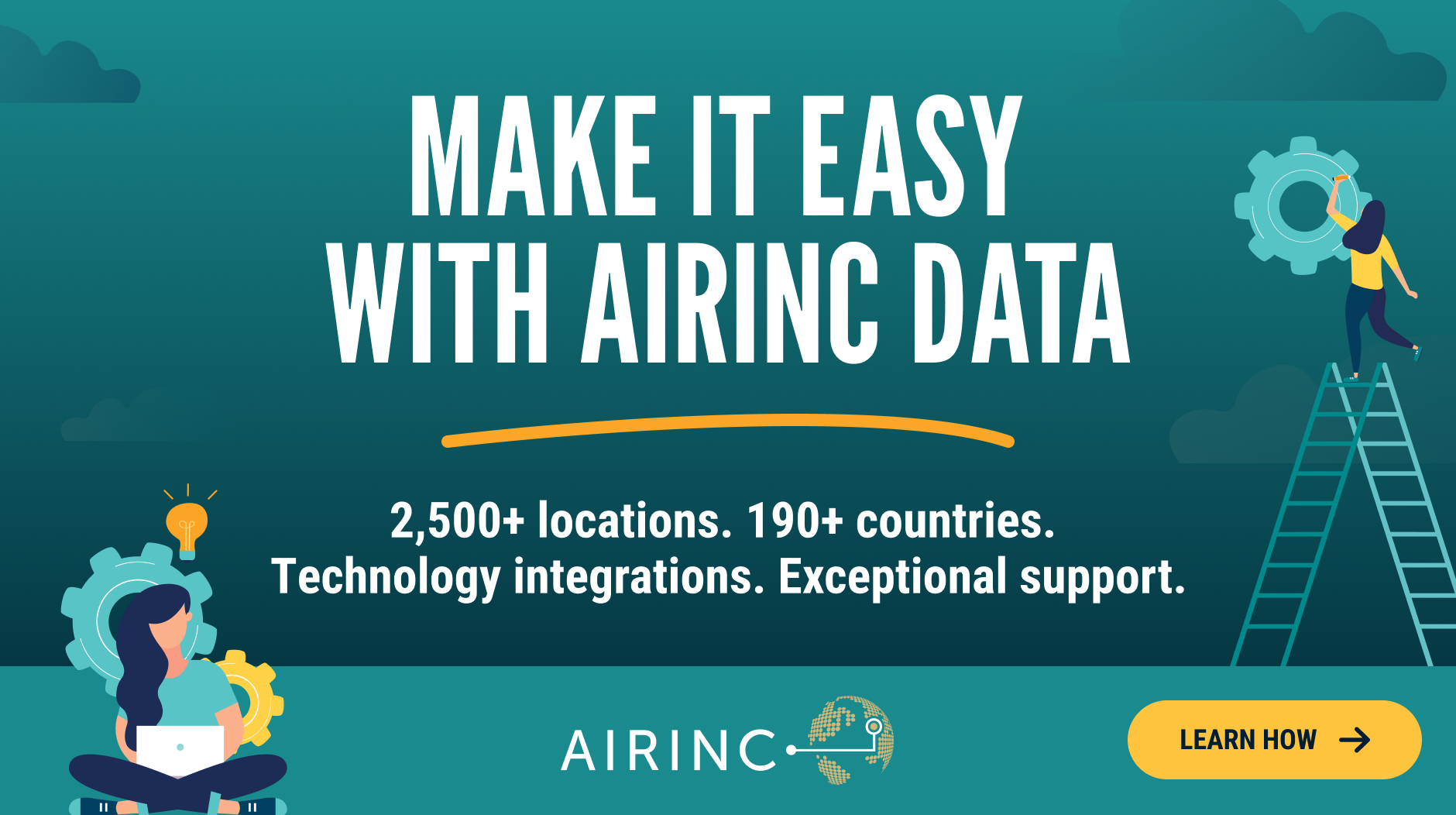According to Wikipedia, there are over 1,200 international passenger airports in the world. That means, in theory, there are approximately 1,440,000 potential flight routes globally. Multiple airlines serve these routes every day, offer different classes of travel, and price fares differently based on desired booking restrictions. Imagine if you wanted to calculate the cost of a plane ticket for all these potential routes and variables. What would you do? It would take a long time to look this all up on Expedia or Kayak!

This is real life example of how machine learning can help solve big data challenges. And this is exactly how AIRINC tackles the need to calculate airfare values for thousands of routes every year. AIRINC clients use our airfare data to set home leave allowances, determine relocation lump sums, and as an integral part of cost estimates.
How does AIRINC use machine learning to determine airfare values?
The goal of AIRINC’s approach is to gather as much data as possible and then refine that data to produce a sensible allowance that can be used to support global mobility programs.
Via an API with an airfare tech platform, AIRINC first gathers all the potential airfares for the routes we support. We receive millions of quotes during a typical research period.
But these airfares are not ready for client use. They need to be analyzed to produce sensible values. As any frustrated traveler knows, purchasing airfare can seem irrational—fares change from one day to the next, cost different amounts depending on the day, time, or airline traveled, and sometimes quotes include strange routing and long layovers. That is why AIRINC researches as many airfares as possible, each quarter, to capture price trends and smooth out these variables as much as possible.
Through machine learning we have greatly reduced the amount of time to analyze a huge volume of airfares, distilling them into highly defensible allowances. When the data is received, bots use logic to perform a first round of analysis, eliminating outliers (e.g., airfares that are much higher or lower than others in the same route) and other undesired airfares (unnecessarily long layovers or indirect routing).
The remaining reasonable airfares then undergo a round of human-based analysis to check they are sensible for typical business travel, using our machine learning model to assist with the data diagnostics. The human decisions on which fares to exclude and which to keep are then fed back into the machine learning module.
The machine then learns from this human intervention. With each cycle of analysis, the machine learns, getting better and better, reducing the human analysis required. This allows AIRINC to analyze even more data for even more routes and the cycle of improvement continues. The benefit to our clients is data that is available for more routes, based on continuous research, using globally consistent methods.
While anyone can research an airfare value, it is the way in which that data is analyzed that makes a difference. AIRINC has a long history of researching and analyzing cost information. Machine learning is just the latest technique we have employed to produce the world’s most trusted global mobility allowances. 



%20(10)%20(1).jpg)



